- xuanli's home page
- Posts
- 2015
- 2014
- 2013
- December (4)
- November (2)
- October (6)
- September (4)
- August (6)
- July (4)
- June (4)
- May (4)
- April (3)
- March (15)
- February (6)
- January (5)
- 2012
- December (3)
- November (10)
- October (9)
- September (4)
- August (5)
- July (11)
- June (3)
- May (1)
- April (1)
- March (1)
- January (2)
- 2011
- December (3)
- October (4)
- September (3)
- August (3)
- July (2)
- June (6)
- May (13)
- April (7)
- March (10)
- February (2)
- January (1)
- 2010
- 2009
- My blog
- Post new blog entry
- All blogs
FHC pythia mini-bias simulation for Lambda
I use the pythia mini-bias codes to study to look for the lambda decay products energy deposit in FHC with Lambda->n+pi0. That is to find the energy deposited in FHC of the neutron (decay product of the Lambda) and the energy deposited in FMS of two photons.
The Zoffset of the FHC is 948 cm. And I run 2000 pythia events.
First, I studied the energy, the eta of the Lambda (only has neutron + pi0 decay channel) generated in the pp collisions.
Fig1, the energy of the Lambda.
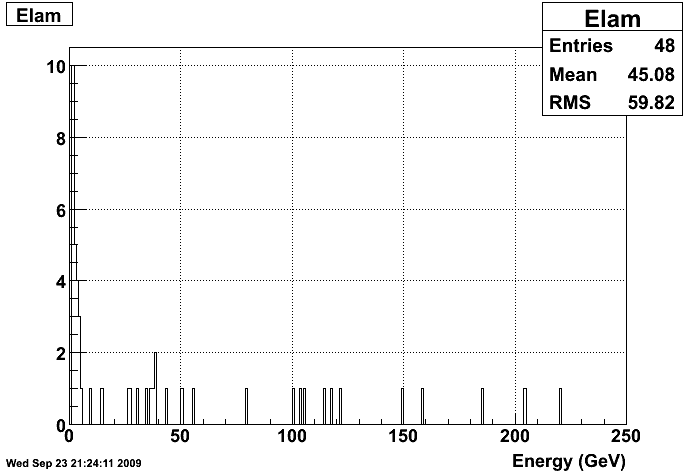
Fig2, the eta of the the Lambda.
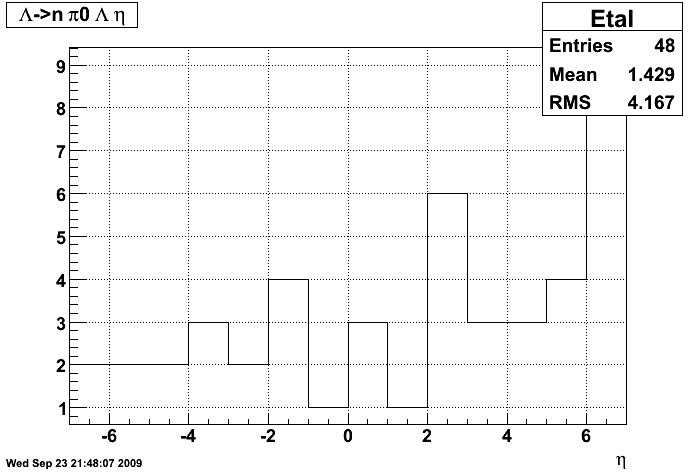
Fig3, the energy VS the eta of the Lambda.
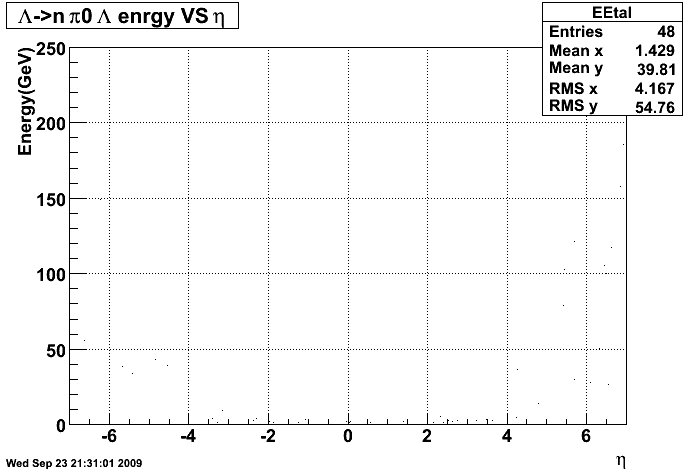
Fig4, the Lambda decay vertex X position.
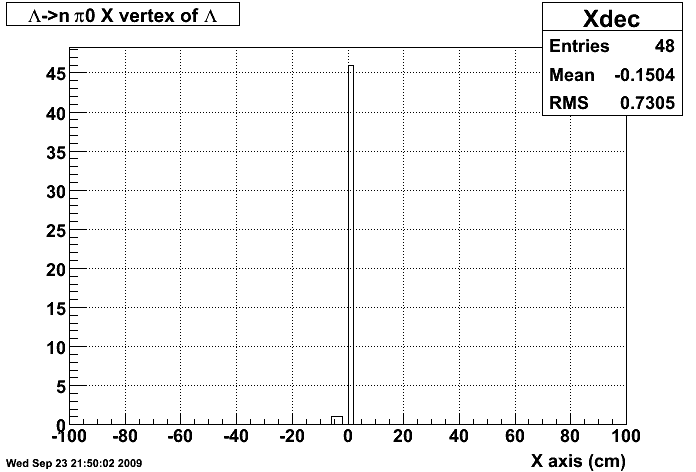
Fig5, the Lambda decay vertex Y position.
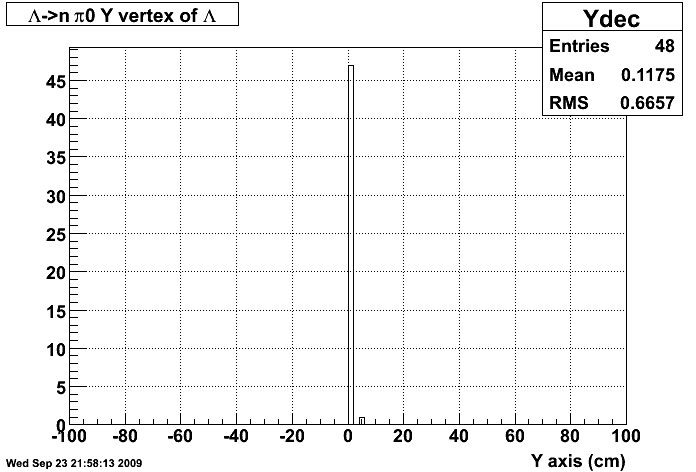
Fig6, the Lambda decay vertex Z position.
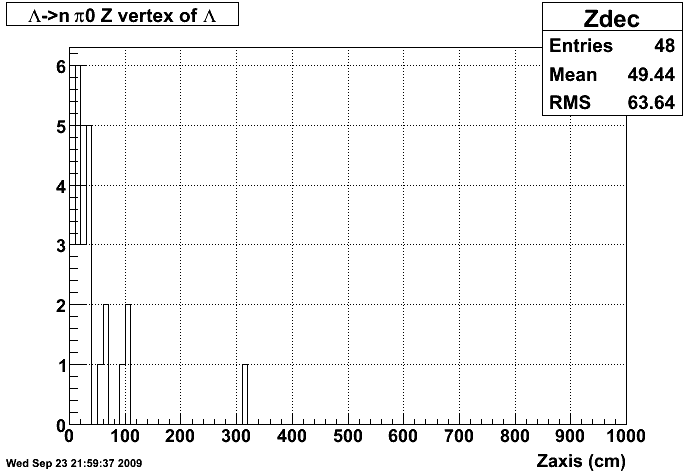
Then I studied the eta distributions of the neutron and the two photons.
Fig7, the number of events VS the neutron eta distribution.
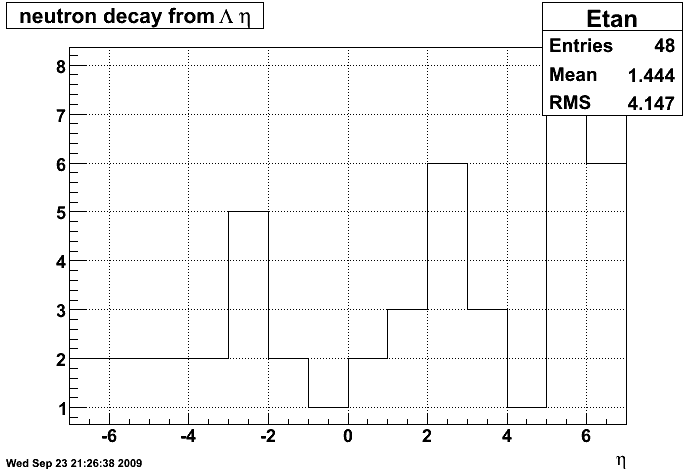
Fig8, the number of events VS the two photons eta distribution.
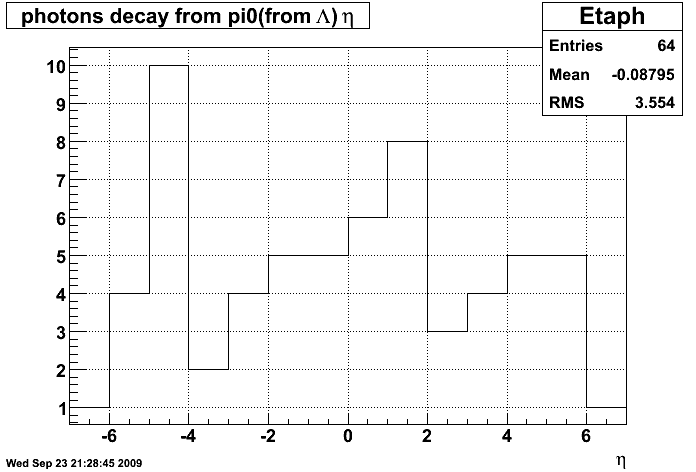
Here the number of the two photons is less than 48 (number of the neutron)*2 because the pi0 sometimes didn't decay into two photons, for example it can decay into pi0 + photon.
Then I checked the enrgy of the neutron deposited in the FHC and the energy of the two photons deposited in the FMS.
Fig9, the energy of the neutron deposited in the FHC.
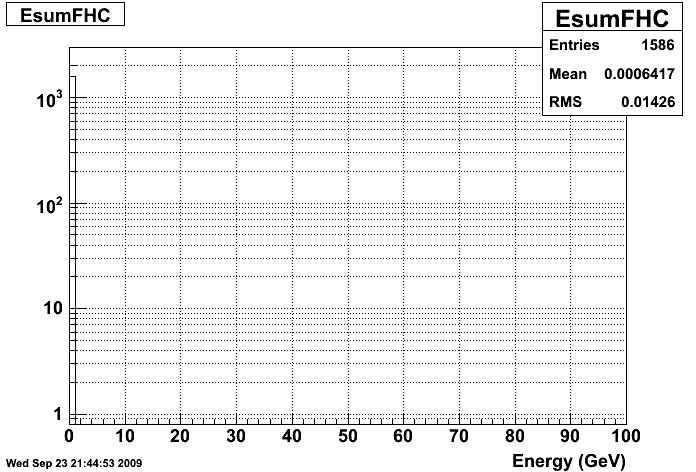
Fig 10, the energy of the two photons deposited in the FMS.
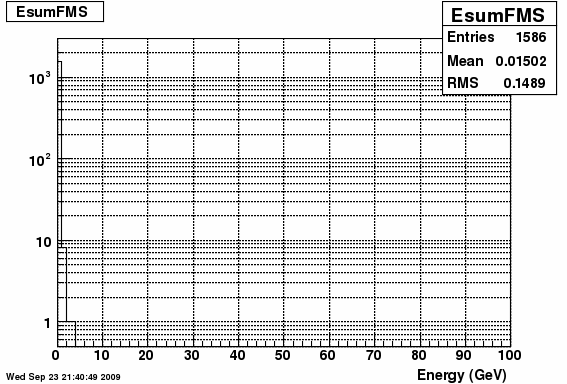
Fig 11, the energy of the neutron deposited in the FHC plus the energy of the two photons deposited in the FMS.
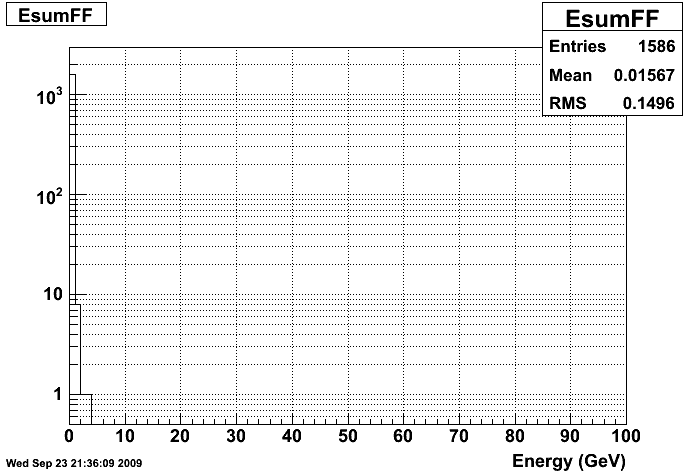
Conclusion:
From Fig3, the energy of the Lambda in the eta range of FHC (2.3<eta<3.2) is lower than 10 GeV, this indicates why the energy deposit in FHC of the neutron is low.
And most of energy deposited in FMS+FHC is from the energy of the two photons deposited in the FMS.
- xuanli's blog
- Login or register to post comments
